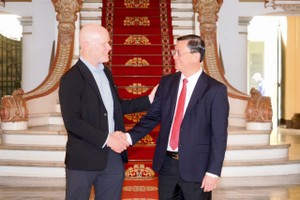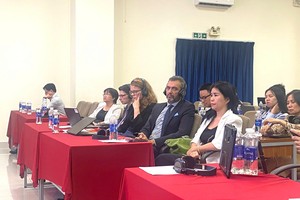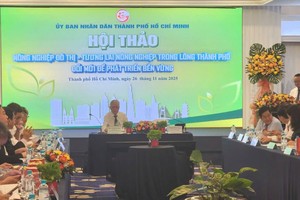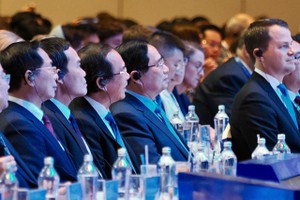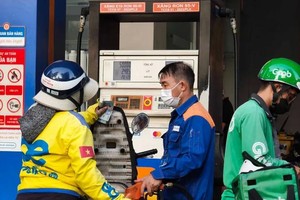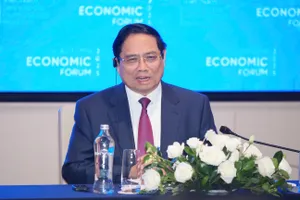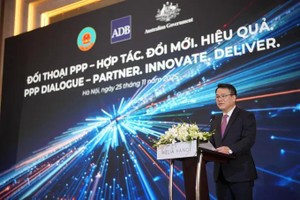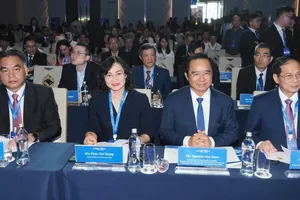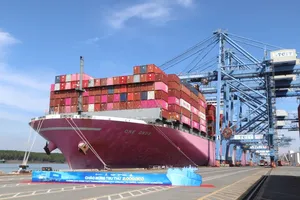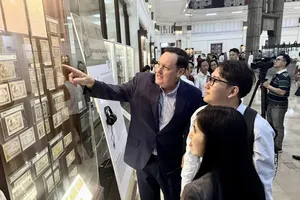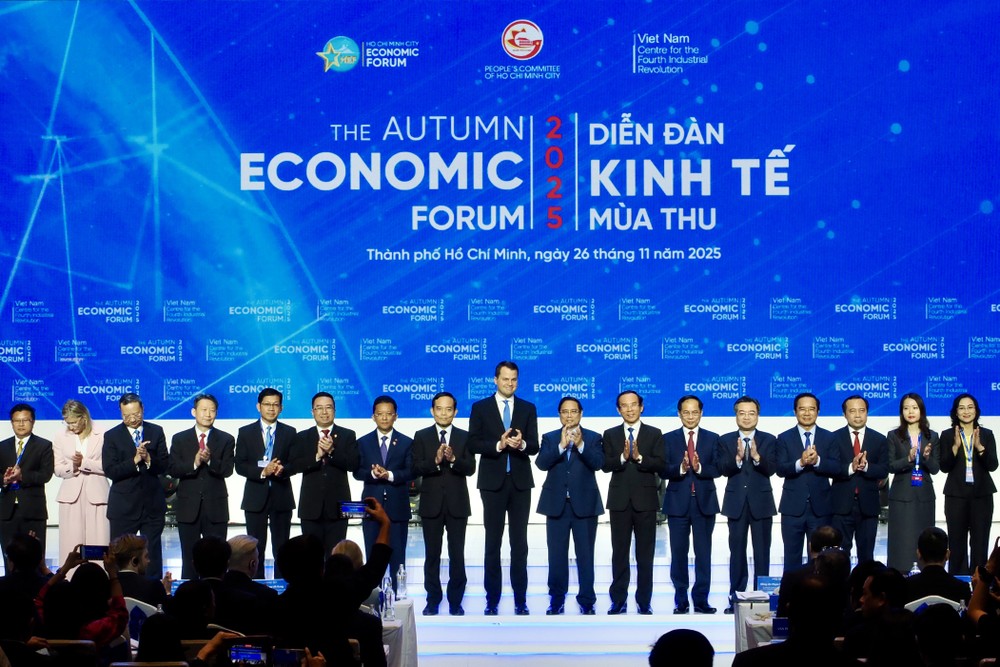
On November 26, the 2025 Autumn Economic Forum officially opened at Thiskyhall Convention Center in Sala Urban Area in Ho Chi Minh City. The event was directed by Prime Minister Pham Minh Chinh, hosted by the HCMC People’s Committee, and jointly organized by the Center for the Fourth Industrial Revolution in Ho Chi Minh City, relevant ministries, and the World Economic Forum (WEF).
Using AI to produce AI
Under the theme “Green Transformation in the Digital Era”, the forum featured vibrant discussions centered on one central question: How can economies become greener while harnessing the power of digitalization and artificial intelligence (AI) for breakthrough growth?
UN Representative Pauline Tamesis cited UN models showing that investments in renewable energy and green infrastructure yield significant benefits from growth and poverty reduction to lower emissions and greater resilience. However, she warned of the risk of a “dirty digital transition” if digital infrastructure continues to rely on fossil fuels, urging countries like Vietnam to design integrated policy frameworks that enable green and digital transitions to reinforce each other.
As a business leader, Brand Cheng of Foxconn shared that his corporation has entered a phase of “using AI to produce AI,” implementing next-generation automated production lines in Vietnam, which it considers a strategic hub for AI manufacturing.
Deputy Director of the Ho Chi Minh City Institute for Development Studies Phan Binh An emphasized that the city is pursuing a dual strategy of “green and digital transformation” as a central driver to escape the middle-income trap, respond to climate change, and enhance competitiveness.
The development of Ho Chi Minh City's Green Master Plan is guided by a collaborative philosophy involving a facilitating government, pioneering enterprises, engaged communities, and international partnerships. The plan itself is built on 10 pillars and incorporates key elements such as dual data ecosystems and green-digital citizenship.
Discussions highlighted the consensus that green transformation, supported by digital technology, is now a regional imperative rather than a promotional slogan. As a result, Ho Chi Minh City is anticipated to assume a leadership role by establishing itself as a pioneering "living lab" for this transition.
Major insights for Ho Chi Minh City
In parallel sessions, domestic and international delegates proposed numerous solutions to help Ho Chi Minh City accelerate its dual transformation.
In the energy sector - the foundation of a green and digital economy, Andy Yu Shihao of Schneider Electric highlighted that green standards are becoming the “passport” for global supply chains. Many green solutions can achieve cost recovery within three to five years, paving the way for carbon-neutral industrial zones and positioning Ho Chi Minh City among ASEAN’s green-digital leaders. Meanwhile, logistics and smart ports remain crucial “bottlenecks” for the city’s competitiveness.
Mr. Dang Minh Phuong of the Ho Chi Minh City Logistics and Port Association noted that if the city strengthens regional connectivity with Dong Nai and Ba Ria–Vung Tau and unifies logistics planning, supply chain costs could drop significantly attracting higher-quality foreign investment.
On smart governance, international experts discussed Ho Chi Minh City’s new two-tier local government model following administrative restructuring. Professor Vu Minh Khuong of the National University of Singapore asserted that smart cities must begin with smart communities built on trust and transparent data. He suggested piloting a real-time “civic sprint” feedback mechanism to measure administrative responsiveness.
Regarding data infrastructure, which is the backbone of smart governance, Director Vo Thi Trung Trinh of the Ho Chi Minh City Digital Transformation Center noted that data fragmentation remains a major challenge. Overall, participants converged on three strategic directions: smart manufacturing linked to clean energy, a digitized logistics–port ecosystem, and a transparent, modern two-tier local governance model. These, they agreed, form the foundation for Ho Chi Minh City’s deeper, more sustainable participation in global supply chains.

